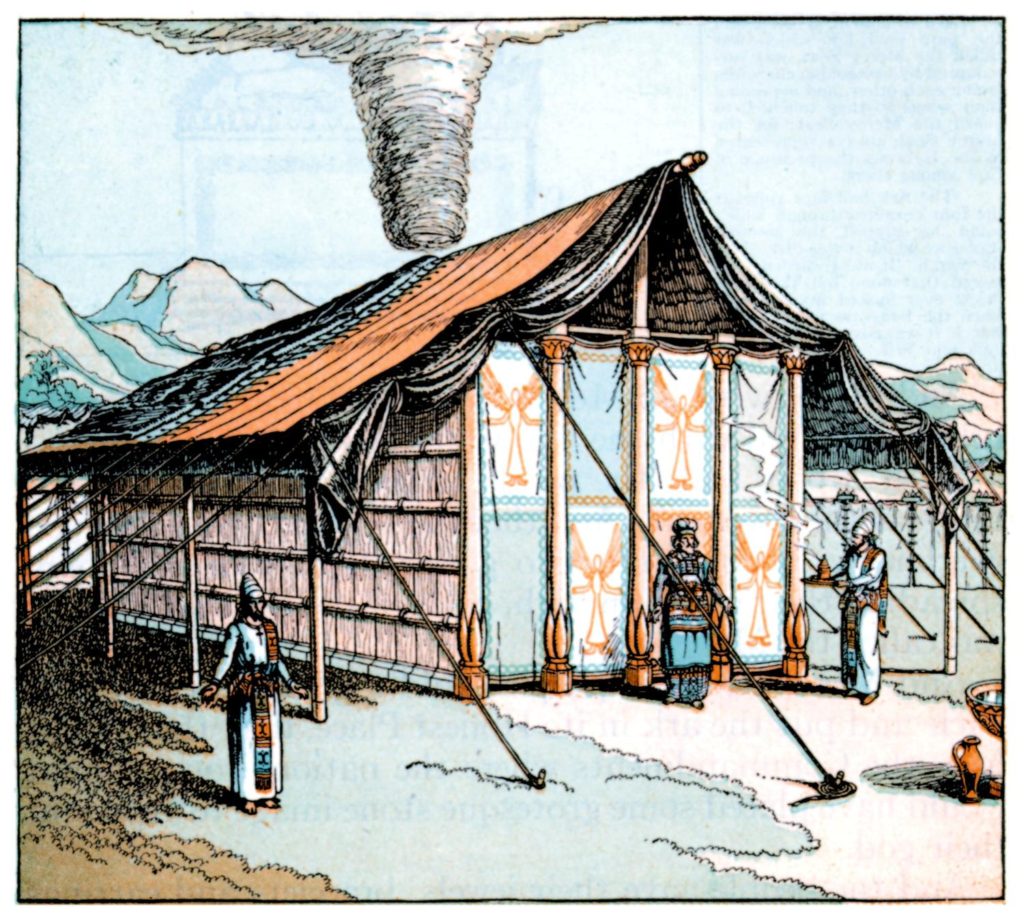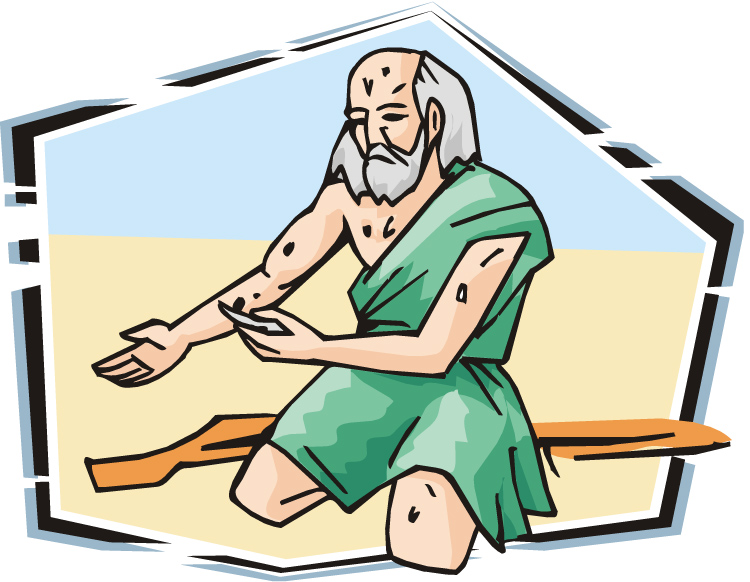
Leviticus 12
Leviticus 12:2, Unclean.One may rightly ask why new life begins in tumah or spiritual impurity? Could this have anything to do with David’s statement in Psalms 51:5, “Behold, I was shaped in iniquity; and in sin did my mother conceive me.” The basic premise of all the false religions and humanistic philosophies of the world is that man is innately good and that any evil attributes he may possess are largely due to his evil environment. Do you believe this? Or have you taken responsibility or ownership of your own sin and the sin nature in you?

Leviticus 12:4, Come into the sanctuary/miqdash. The miqdash referred to the tabernacle or temple and denotes that which has been devoted to the sphere of the sacred. An area was sacred since it was the place where YHVH dwelt among his people (Exod 25:8) and it was not to be profaned (Lev 12:4; 19:30; 20:3; 21:12, 23; q.v. The TWOT). The command that a woman was forbidden from entering the sanctuary when in an impure state begs this question: When then could a woman enter the tabernacle? The ArtScroll Vayikra/Leviticus Commentary doesn’t answer this question nor do Rashi or Hirsch in their commentaries. Keil and Delitzsch suggest that she would have come into the sanctuary to partake of sacrificial meals (e.g. the peach or fellowship offerings (Lev 3:1–17; 7:11–21) although the Torah doesn’t specifically state this. Lev 7:20–21 does state that anyone eating this offering in a ritually impure state would be cut off from Israel, thus implying that this meal might have been eaten within the confines of the tabernacle or temple sanctuary—or at least the outer courtyard where the altar of sacrifice was located. But do we know this for sure? No. For example, in 1 Samuel chapter one, we read that Hannah, after offering her sacrifice, prayed outside the door of the tabernacle where she met Eli the high priest (1 Sam 1:9). Later, in the history of the Jerusalem temple, the Woman’s Court was constructed. This separate court for women, located just outside of the temple itself, was where women prayed and offered their sacrifices, and was, according to Jewish tradition, constructed in the time of King Jehosophat (2 Chron 20:5; Carta’s Illustrated Encyclopedia of the Temple in Jerusalem, p. 93, by Airel and Richman). Also according to Jewish tradition, women were allowed to go past the Women’s Court and enter the temple sanctuary itself to offer up sacrifices although no scriptures are given to support this assertion (ibid.)
Leviticus 12:5, Two weeks. One may also ask why a woman remains in a state of ritual impurity only seven days for a male child and two weeks for a female child? To some of our minds that may have been “leavened” by the “women’s rights” agenda of the 1960s, this may seem sexist. One thing is certain, YHVH is not a respecter of persons. He does not value one gender above the other. Both male and female were made in his image (Gen 1:27). Therefore, Elohim is both male and female. For Elohim to view women as inferior, he would be showing favoritism to one part of himself over another, and this is not possible.
One explanation the Jewish sages give for the eight-day compared to the 14-day period of ritual impurity is that a male child has to be circumcised on the eighth day. A brit m’lah is to be a joyous occasion. If a woman were still in a state of ritual impurity she would not be able to participate in her son’s circumcision (The ArtScroll Tanach Series Vayikra, p. 187).

Leviticus 12:6, She shall bring. Why did the new mother have to bring a sin offering for her newborn child—after all isn’t childbirth a glorious and joyous event? To answer this question we will ask a question. What was one of the curses Elohim placed on Eve for her part in bringing sin into the world? (Gen 3:16) Labor pains were decreed upon woman for punishment for her part in original sin. The Jewish sages teach that the sin offering Torah demands her to give after giving birth is to atone for that. As believers in Yeshua, we might rather see this offering as pointing to ancient Israel’s need for atonement from sin in the Person of Yeshua the Messiah, who was yet to come. Does this not underscore the seriousness YHVH places on sin and that all have sinned and fallen short of his glory (Rom 3:33), and that we are all in desperate need of a Redeemer who would deliver us from that “certificate of sin debt that was against us” and nail it to his cross (Col 2:14)?
Leviticus 13
Leviticus 13:2, Leprous sore [Heb. tsaraath]. This was an infectious skin disease and not necessarily leprosy.


